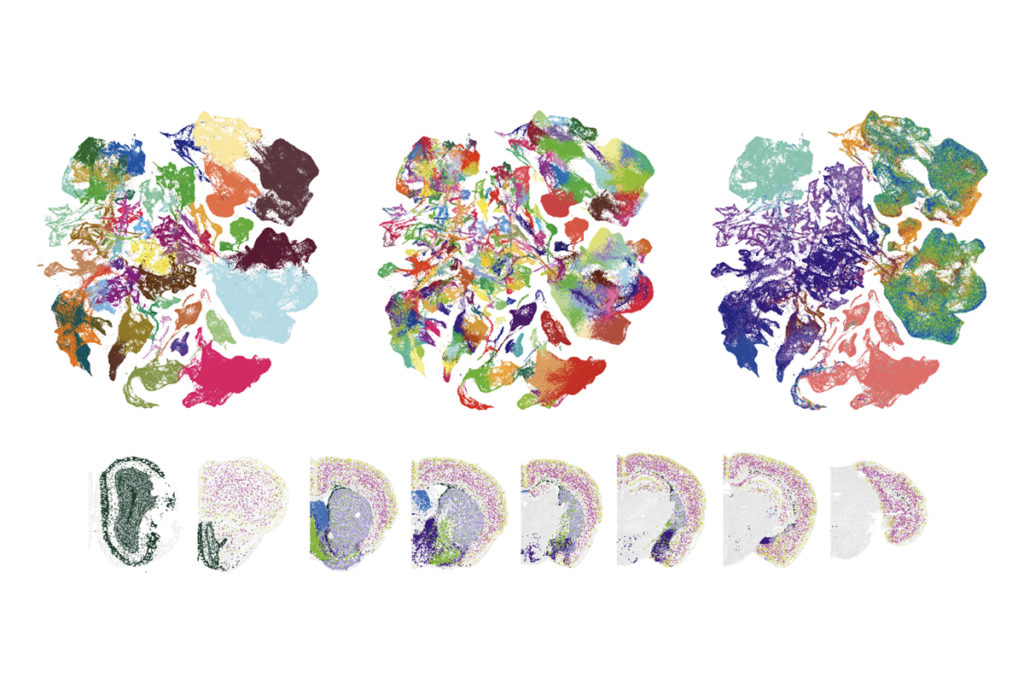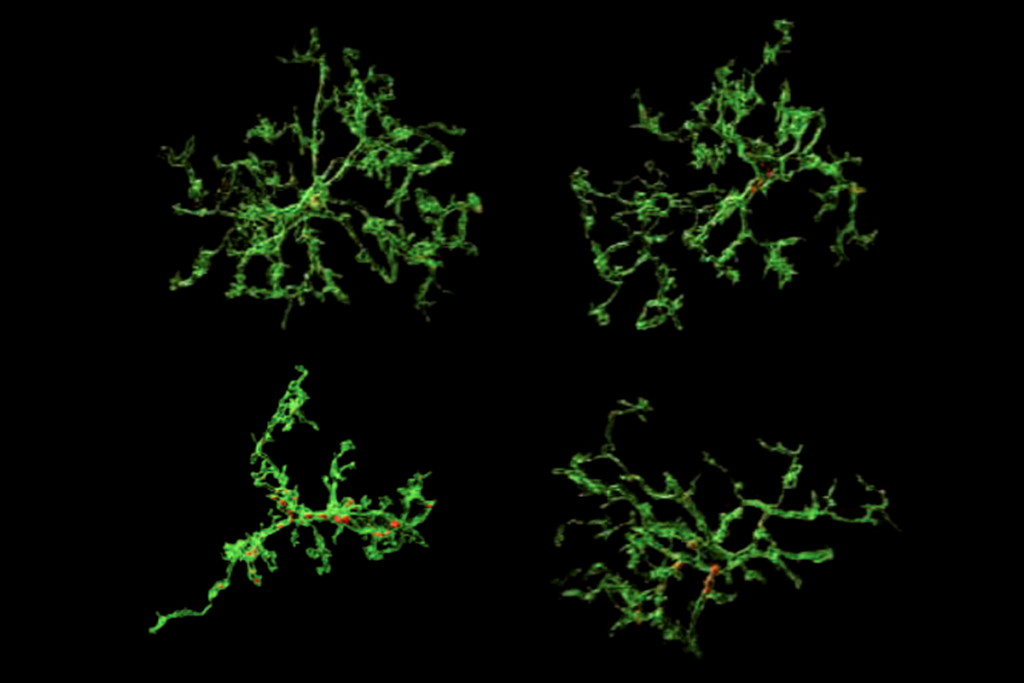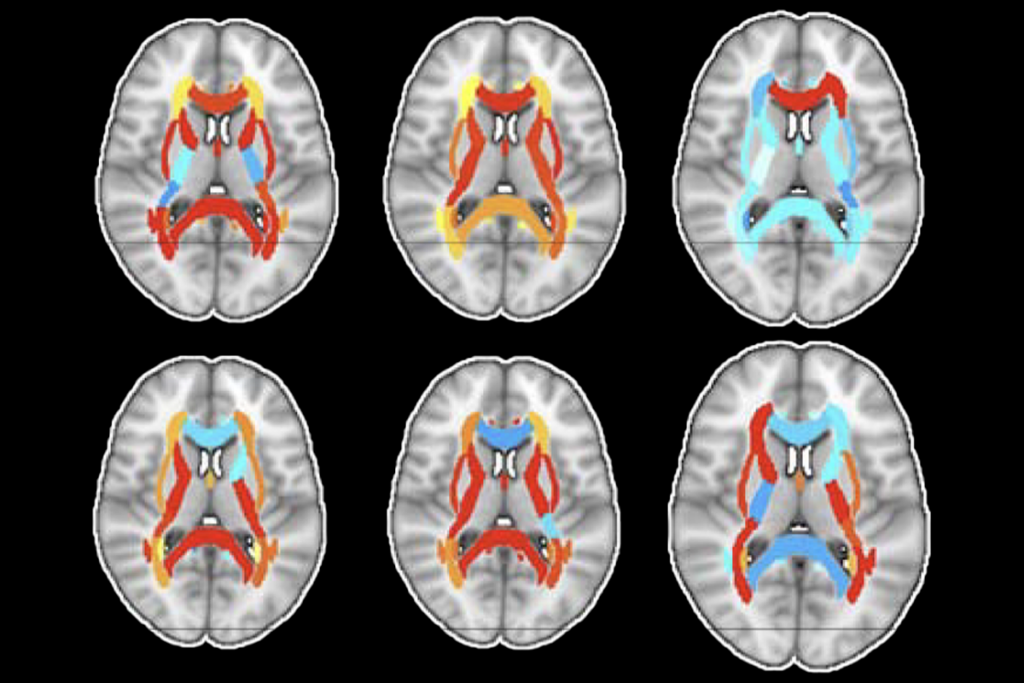Medical records find evidence linking autism to obesity
Children and adolescents with autism are more likely to be overweight or obese than their typically developing peers, finds a large survey published in Academic Pediatrics.
At least one in every three children and adolescents with autism is overweight or obese, finds a survey of nearly 3,000 individuals with the disorder1.
The report, published in the July-August issue of Academic Pediatrics, points to a need for diet and exercise programs that are tailored for people with autism.
Preventing obesity and overweight has critical implications for the health and quality of life of people with autism, says lead investigator Sarabeth Broder-Fingert, a pediatrician at Massachusetts General Hospital for Children and research fellow with Harvard Pediatric Health Services. “I worry that if a kid has autism and goes to the doctor, [weight issues] might not be addressed because other issues are addressed,” she says.
Children with autism often have larger heads, weigh more and are taller than their typically developing peers. Researchers suggest that these differences are due to skeletal abnormalities, but a number of other autism characteristics point toward a relationship with overweight and obesity.
For example, many people with the disorder are picky eaters2, tend not to play sports, and often have mothers or fathers who are overweight or obese. All of these factors can contribute to obesity.
A few small studies have looked for an association with weight, and reported that anywhere from 8 to 43 percent of children with autism are obese3. Some studies looked specifically at people who have a mutation associated with autism: For example, people missing a piece of chromosome 16, an autism-linked region called 16p11.2, are often obese.
The new study is the largest yet to look at the link between autism and body weight.
“It’s a nice, robust sample that makes the situation more clear,” says Katharine Zuckerman, assistant professor of pediatrics at Oregon Health and Science University, who was not involved in the study.
Weighty issue:
The researchers mined electronic medical records for 2,976 children between the ages of 2 and 20 with a diagnostic code for autism or Asperger syndrome. (The latter has been folded into the overall category of autism in the latest edition of the Diagnostic and Statistical Manual of Mental Disorders.)
They included data from children who had had both their height and weight measured at the same appointment. They then compared these numbers with those from 3,696 typically developing children in the same age range.
The researchers used the measurements to calculate a body mass index (BMI) for each child that they then compared with the average BMI for children of the same age and sex. This comparison is necessary because body fat changes with age and gender. The study classified BMI percentiles above 85 percent as overweight and above 95 percent as obese.
With this analysis, the study found that 23 percent of the children with autism and 25 percent of the children with Asperger syndrome were obese, compared with 16.9 percent of the controls. Another 15 percent of those with autism and 11 percent of those with Asperger syndrome were overweight.
Compared with the controls, the children with autism were 2.2 times more likely to be overweight and 4.8 times more likely to be obese; the children with Asperger syndrome were 1.5 times more likely to be overweight and 5.7 times more likely to be obese. These differences were apparent even in the youngest age category of 2 to 5 years.
“One thing that was surprising was that the rates of obesity were higher than those of being overweight,” says Broder-Fingert. “In the typical population, the reverse is usually true.”
Although there is an obvious trend between autism and obesity, it’s as yet unclear what contributes to the link. “I don’t think we are anywhere near knowing or understanding what the underlying mechanism is,” Broder-Fingert says.
The researchers did find some interesting associations, however. For example, they found higher rates of obesity among children with a sleep disorder, and among those who either did not have health insurance or who were on a government-run program for low-income families. Previous work by Zuckerman indicates that children with autism who are obese are troubled by sleep problems, anxiety and depression.
Antipsychotic medications such as olanzapine and risperidone are known to be associated with weight gain and are commonly prescribed to children with autism4. The new study did not find a link between the drugs and weight, but researchers note that too few children in the study were taking the drugs to draw firm conclusions. Also, the medical records include information only on medications prescribed by doctors at Massachusetts General Hospital and its affiliates.
Hormonal or genetic differences may also explain the link between autism and weight, Broder-Fingert says.
Homing in on these causes is likely to require larger study populations looked at over time.
“Most large nationally representative datasets do not include children with autism,” says Carol Curtin, research assistant professor of family medicine and community health at the University of Massachusetts Eunice Kennedy Shriver Center, who was not involved in the new study. The few studies that do, she says, rely on parent reports for data on height and weight, and may not track other obesity risk factors.
In the meantime, the key message for doctors and parents of children with autism is prevention, says Curtin. Obese children face many health problems as they become adults, including heart disease and type 2 diabetes.
Programs to address the problem will need to accommodate the unique social and behavioral difficulties faced by children with autism. Curtin and her colleagues have conducted pilot studies that persuade youth with autism to exercise using set goals, rewards and progress reviews.
References:
1. Broder-Fingert S. et al. Acad. Pediatr. 14, 408-414 (2014) PubMed
2. Bandini L.G. et al. J. Pediatr. 157, 259-264 (2010) PubMed
3. Zuckerman K.E. et al. J. Autism Dev. Disord. 44, 1708-1719 (2014) PubMed
4. Maayan L. and C.U. Correll J. Child Adolesc. Psychopharmacol. 21, 517-535 (2011) PubMed
Recommended reading

Constellation of studies charts brain development, offers ‘dramatic revision’

Functional connectivity links with autism, not ADHD; and more
Explore more from The Transmitter

Perimenopause: An important—and understudied—transition for the brain

A community-designed experiment tests open questions in predictive processing

